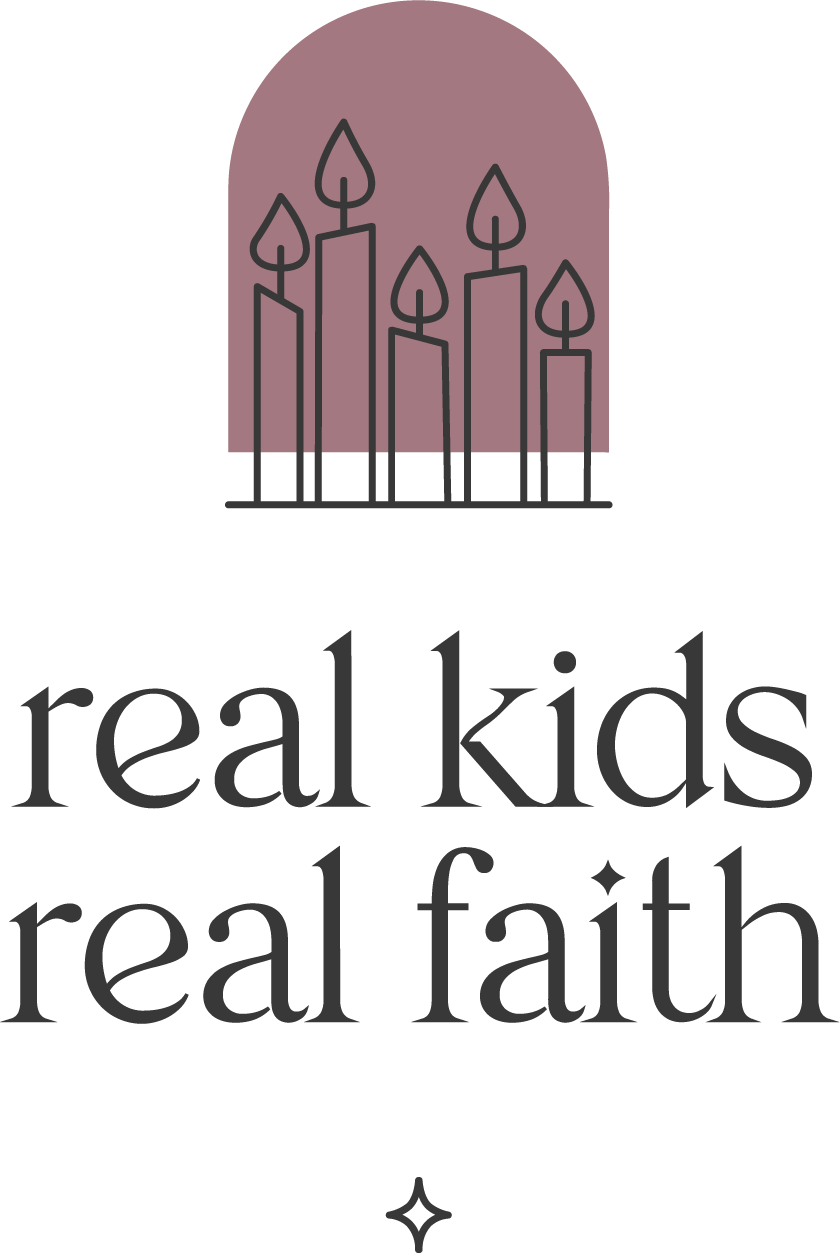As preschoolers, my kids love playing with story blocks. Our set consisted of wooden tiles depicting various characters, places, and actions that they could pick to tell a tale. They had fun deciding how to order the blocks to keep the story moving toward a logical conclusion.
Psychology professor Maurice Elias says this kind of play contributes to ‘consequential thinking’. Children need to understand the concepts of ‘before’ and ‘after’ before they can grasp ‘means-ends thinking’ and become responsible decision-makers. Parents and caregivers can help preschoolers and early elementary kids develop the skills they need to recognize the consequences of their actions.
One way is to model before and after thinking. We can make this fun by turning it into a game of ‘follow the leader’. Begin by doing something like clapping your hands or stomping your foot. Then switch to another action. As you do so, say: I clapped my hands first. I clapped before I stomped. You clapped your hands first. You clapped before you stomped. Repeat the sequence and say: I stomped my feet second. I stomped after I clapped. You stomped your feet second. You stomped after you clapped.
A second approach is to ask questions that encourage sequential thinking. Think of regular activities that you do with your child and ask them to recall the sequence of events. For example, ask: When you are getting dressed, what do you put on first? What do you put on second? What do you put on after that? You can also reverse the direction by asking, When you get undressed, what do you take off first? This helps children see the relationship between steps in an activity.
It is also helpful to introduce young children to the idea of possibilities through questions that contain the word ‘might’. Such questions suggest that multiple outcomes are possible. For example, asking how another child might act if they are pushed or how they might feel if someone helps them clean up their toys helps kids connect multiple possibilities to an action. We can encourage kids to come up with several responses by asking, How else…? after the first few answers they provide.
Another version of this approach is to ask children “What do you think will happen next?” when you are reading stories together. Pose this question at a point in the story when it seems a character is about to make a decision, change their activity, or perhaps repeat a pattern. Offer a few reasonable guesses yourself to emphasize possibilities.
Taking time to explain how to use ‘because’ in response to ‘why’ questions also builds children’s reasoning skills. A simple way to model this practice is through a call-and-response game. Tell your child that you are going to say something and, when you pause, you want them to say “Why?” Then make a statement, such as “I am tired” or “I like marshmallows”, pause for your child’s “Why?” and respond with “because I got up really early” or “because they’re squishy”. Initiate a few more statements, and then switch roles, with your child making statements, you asking “why?”, and your child responding with “because…”.

Comments